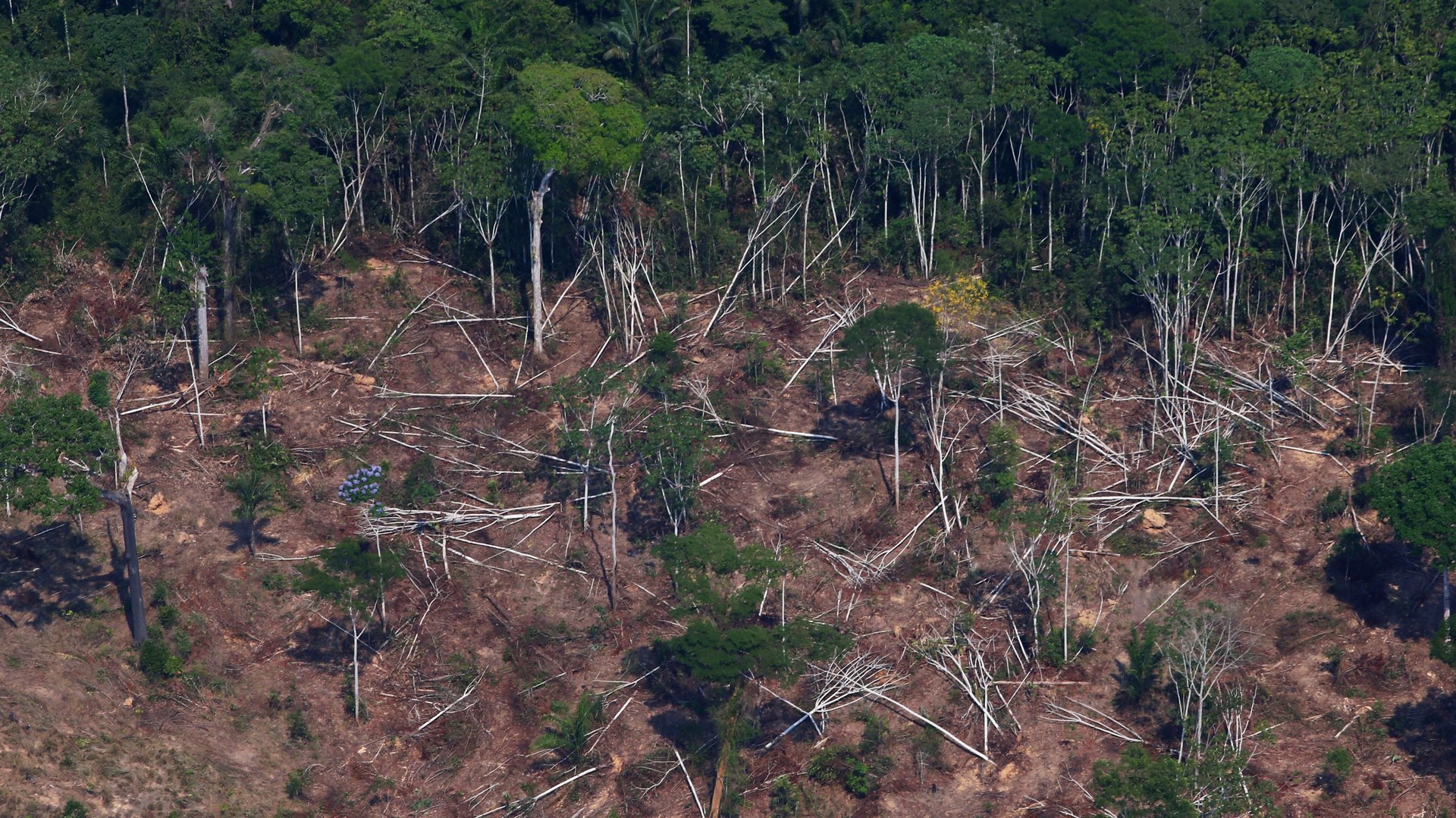Carbon offsets are about to become a lot less attractive to companies
For companies, a decision about whether to buy carbon offset credits mostly comes down to a simple calculation: Is it cheaper to pay for forest conservation, renewable energy, or carbon removal outside the company, or take steps to reduce its own carbon footprint directly?


For companies, a decision about whether to buy carbon offset credits mostly comes down to a simple calculation: Is it cheaper to pay for forest conservation, renewable energy, or carbon removal outside the company, or take steps to reduce its own carbon footprint directly?
Today, with low-cost clean-energy options still relatively sparse, and most corporate carbon footprints tied up in complex global supply chains, many companies are leaning toward the former, and see offsets as the most cost-effective way to reduce their emissions in the short term. Global offset trade grew nearly 30% from 2020 to 2021, and is poised to surge further after diplomats at the COP26 summit agreed on long-overdue rules for a centralized global offset market.
But the offset market is rife with shoddy accounting and greenwashing, and may just help airlines, oil companies, and other major purchasers appear to make progress on climate without much actual change to their business. That strategy may not be tenable for much longer, according to a Jan. 10 forecast of carbon offset prices from BloombergNEF.
Carbon offset prices could increase fifty-fold by 2050
As more companies clamor for offsets, and—crucially—assuming that global regulators follow through on plans to crack down on baseless, shady credits, the average price per ton could jump from around $2.50 today to $120 by 2050, the projection found. Prices could shoot even higher in the interim, up to $224 per ton, while carbon removal technology, the gold standard for high-quality offsets, remains expensive and limited.
In that case, many companies could find that directly reducing their emissions is the cheapest way to stick to their public decarbonization targets—which would be a benefit to the climate.
Conversely, the projection concludes, if the market continues to be as unregulated as it is today, supply will continue to outpace demand, price growth will be tepid, and there will be little incentive for project developers to bring new offsets for sale. Ultimately, the market could be “relegated to back-alley deals for low-quality credits,” the report says, that do little to move the needle on climate change.
European regulators are working on more stringent rules for offset certification. But for offsets to become an effective climate strategy, the US and other governments will have to follow suit.